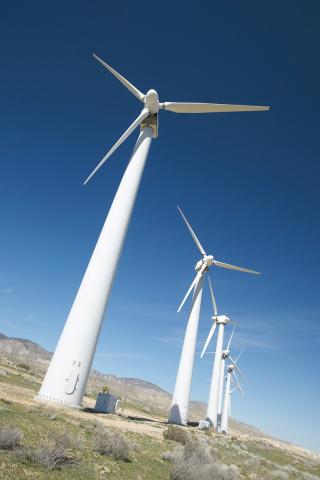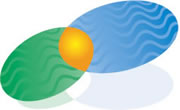Sustainable Energy Communities - SEC
What is a Sustainable Energy Community?
A Sustainable Energy Community (SEC) is a community in which everyone works together to develop a sustainable energy system. The community strives to be as energy efficient as possible, by using renewable energy and trying to develop indigenous energy supplies. This integrated approach allows for a balance of demand and supply, which gives the community greater energy autonomy.
The SEC model begins by establishing a clearly defined geographic area called the Sustainable Energy Zone (SEZ). The SEZ establishes sustainable energy targets that are measured and monitored and creates a focal point for partners, projects and proposals to integrate in a structured way. This allows new technologies and techniques to be tried and tested in a dynamic, ‘living laboratory’ environment (SEAI, 2015). These ‘living laboratories’ create a culture of innovation and facilitate the emergence of new sustainable energy technologies and practices that deliver ‘energy smart’ towns and cities.
A SEC is the collaborative action in the wider community (e.g. town or region) to expand and replicate ideas tested in the SEZ. This is delivered through structured engagement with the wider public, private and community sectors to support initiatives to influence positive changes in behaviour and policy. An SEC is community in which everyone works together to adopt a more sustainable pattern of energy supply; it is not about one single action or about many actions – it is about how all of these work together and are integrated to achieve more. Such an integrated approach makes it possible to deliver much more than could be done at an individual level.

